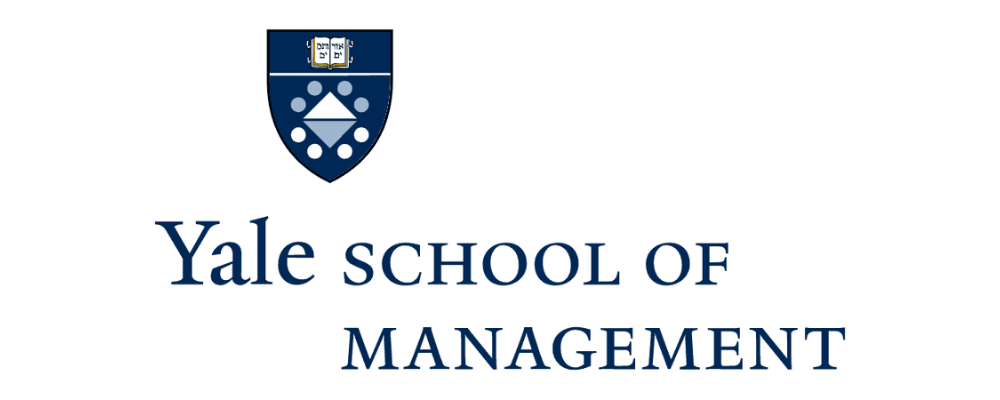
This commentary was adapted from episode 141 of the Health & Veritas podcast.
H5N1 remains a major public health story, even if the press rarely covers it. We have had a concerning outbreak of H5N1 bird flu, also known as highly pathogenic avian influenza, since early this year. When I last gave an update in June, I mentioned that 10 farm workers, 100 million poultry, and 168 dairy herds had been affected during this outbreak. While the numbers have moved up since then, the change is not dramatic: 1% more poultry have either died or were euthanized, and we are now up to 13 farm workers affected, with 9 of them from poultry farms in Colorado.
There are, however, 18 new cattle herds infected with H5N1, with the most being in Colorado and the newest being 3 herds in California. California is especially concerning because it is the nation’s number one source of milk, and because California has been particularly cautious, knowing how easy it would be for this outbreak to spread. Unlike in other areas, California dairy farms are huge and don’t have the same risks of cattle being transferred between farms; they also have seemingly been hard at work cleaning the milking equipment to prevent spread, and cleaning trailers when they do need to move cattle. But even that has not been enough to prevent spread entirely.
The biggest recent news on this front is the discovery of a patient in Missouri with H5 avian influenza; this case was detected through surveillance of patients testing positive for flu and was not associated with an animal outbreak. In fact, Missouri is one of the states that has not had a cattle herd avian influenza case.
They are still doing genetic sequencing of this case and it may turn out to be related to wild bird outbreaks that have occurred in Missouri or something entirely different, even possibly from contaminated milk or dairy products. Is there any evidence of human-to-human transmission, which is the thing we dread most at this point? Absolutely not. But for the first time in a while, we have at least a question about a human case and how it was spread.
Are we doing enough? No. The state of Missouri has not been actively testing and seems to want to hide their head in the sand on this. Maybe they have no infected cattle, but there are good reasons to be suspicious, since testing is nearly absent.
It would be great to see the CDC continue to organize their efforts and coordinate with state public health and agriculture officials to establish best practices and create incentives for more effective testing and quarantining/isolation as needed.
Nobody knows when this could affect us. It could be next month or next decade. But we look foolish if we aren’t actively learning and preparing for the worst, while hoping for the best.
“The Yale School of Management is the graduate business school of Yale University, a private research university in New Haven, Connecticut.”
Please visit the firm link to site



